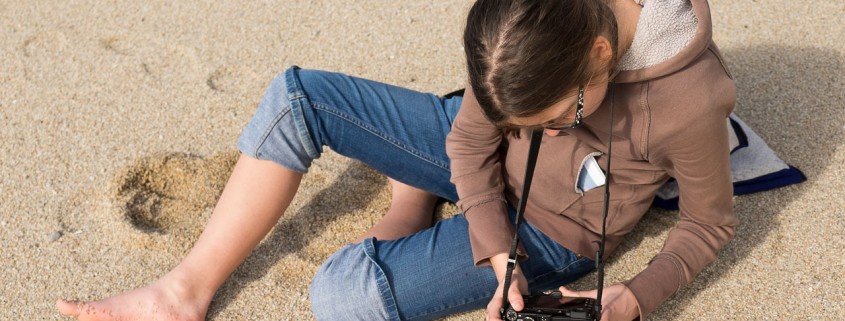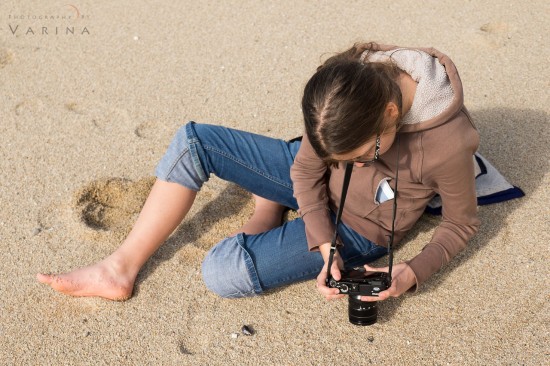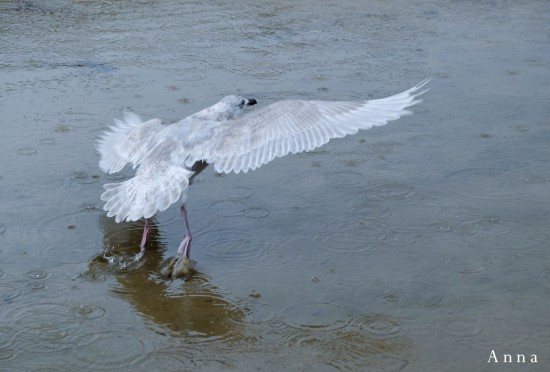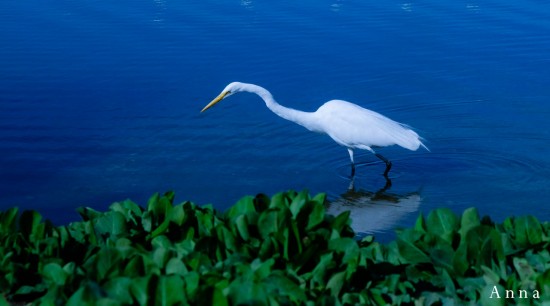Tips for Teaching Photography to Beginners
When our kids turn 13, we take them on a special “13-year trip”. They get to choose the location – with some guidance, and some limitations – and they spend a few days there with Jay and I… and a camera. Each child learns how to read a histogram, how to adjust aperture and shutter speed, and how to work with light on location. It’s a fantastic experience for all of us, and it lets us spend a little time with that one child away from siblings and the pressures of the “real” world.
Anna wanted a trip to the sea, so we took her to California, where we traveled highway 1 – stopping at some of the prettiest beaches along the way. We took her to visit the Monterey Bay aquarium – and as a special treat for my daughter who wants to be a programmer when she grows up, we visited the Google and Apple campuses. She was as excited about visiting the Google campus as she was about the aquarium. She got a great tour (thanks so much, Arvind!), had a delicious dinner, and even had a chance to ride one of the Google bikes before we left.
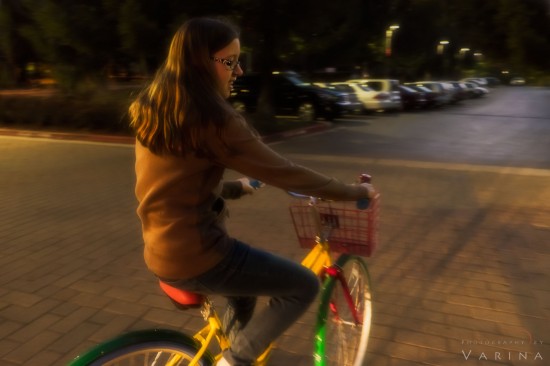
We spent the remainder of the trip exploring the beaches and clifftops along the Pacific shore, and teaching Anna how to use a camera. She shot with a Fuji XE2 – which is a perfect, lightweight camera for teaching kids.
Tips for teaching beginners:
1. Don’t bother with auto mode. (In fact, we don’t even mention that it exists.) ;) The basics of photography are easy enough to grasp… even for a kid.
2. Explain aperture and shutter speed in simple terms. We talk about the “window” or aperture inside the camera. We have control over how wide it opens and how long it stays open – and that determines how much light comes in. Image too dark? Let in more light – by opening the aperture wider, or by leaving it open longer. Which option makes more sense for this photo? The concepts are easy enough to understand.
3. Don’t shy away from explaining the histogram. It’s just a bar graph, and it offers a lot of useful information that can help you produce better photos right away.
4. Explain ISO when the beginner discovers that they can’t get the results they want with the aperture and shutter speed options they have.
5. Introduce other concepts when the timing seems right. I taught Anna to use macro mode when she wanted to shoot a small flower, and I helped her compare different lighting conditions (bright sun versus shade) during a mid-day hike when she wanted to photograph snails on the grasses.
Teaching beginners is a lot of fun – especially kids. Anna picked up the concepts very quickly. I started by explaining the basics of focus, aperture, shutter speed – and then showed her how to read her histogram. Then, we talked about exposing for the subject. Once she had those concepts down, she had lots of changes to practice her new skills.
She photographed this sea gull near Monterey – just as it started to rain. She wanted to capture the rain drops in the water and the bird as it lifted off to fly. We walked out onto the beach, and circled wide to get around a flock of seagulls that had settled on the beach. She took a few shots as we edged closer and closer to the birds – checking her histogram for proper exposure, and making sure her shutter speed would be fast enough for the shot she wanted. So, she was ready when this pretty gull took off. She did an awesome job thinking about the image she wanted to create and choosing the proper camera settings to make it happen… and she set herself up to get the shot just right by choosing her position carefully and getting in close to her subject.
She also photographed this beautiful white heron at a park near San Francisco. She zoomed in as much as she could, and cropped the finished photo to get even closer to the bird. When we returned from our trip, she processed the photo to enhance the blue tones in the water.
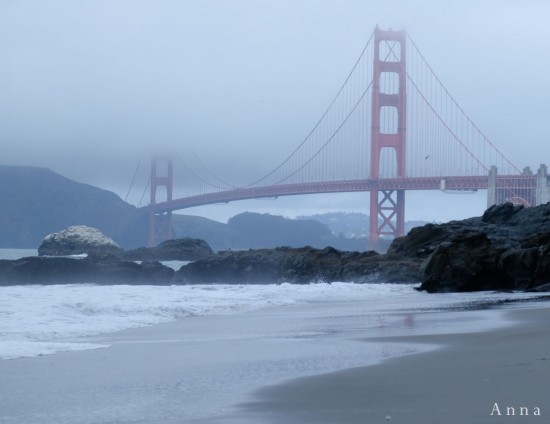 Get photo of the golden gate bridge makes the most of the fog, and she cropped in close to get rid of distractions on the beach and on the rocks.
Get photo of the golden gate bridge makes the most of the fog, and she cropped in close to get rid of distractions on the beach and on the rocks.
It’s always fun to take the kids on their trips, and teaching them to appreciate photography makes it even more fun. :) Anna had a great time, and so did we!

